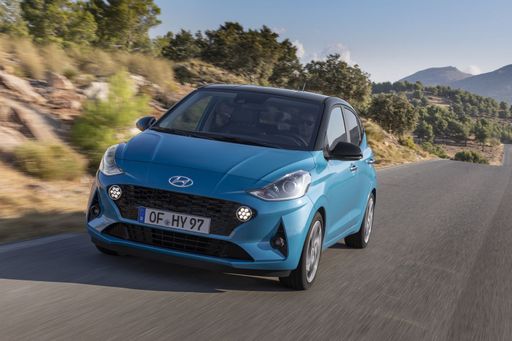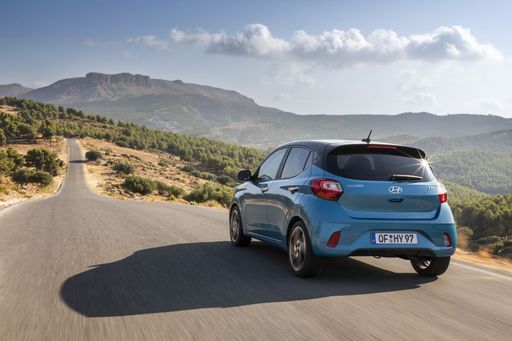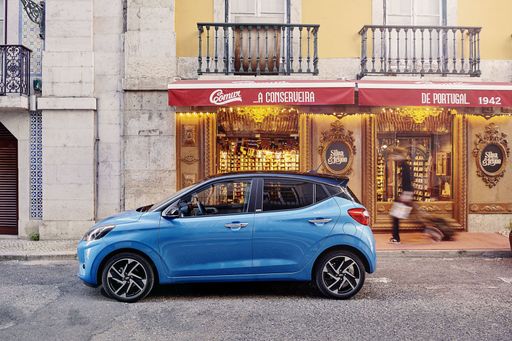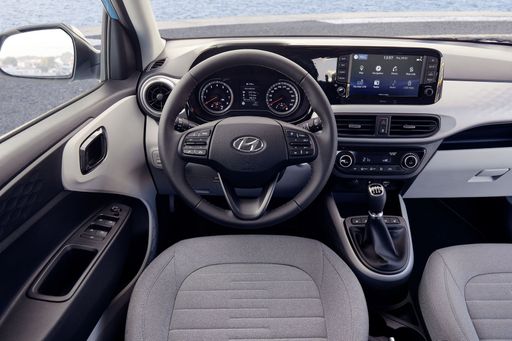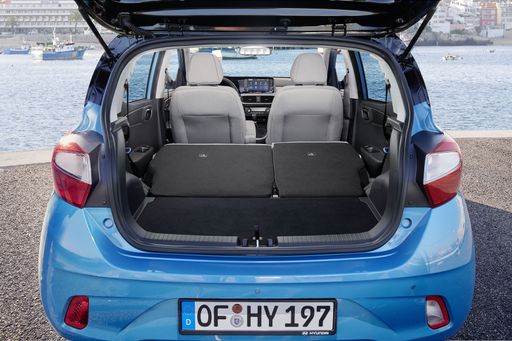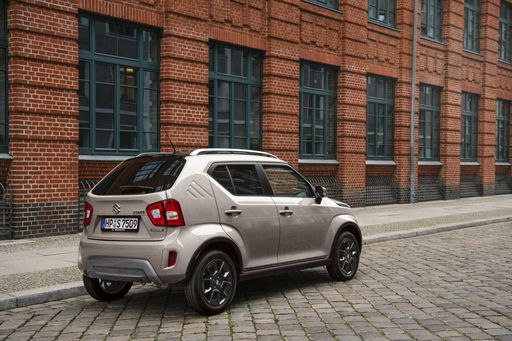Introducing the Compact Contenders: Hyundai i10 vs Suzuki Ignis
In the ever-evolving world of compact cars, the Hyundai i10 and Suzuki Ignis stand out not just through their unique designs but also through an array of technical features and innovations. Both models cater to urban driving needs while promising efficiency and comfort. Let’s dive into the details and see how they stack up against each other.

